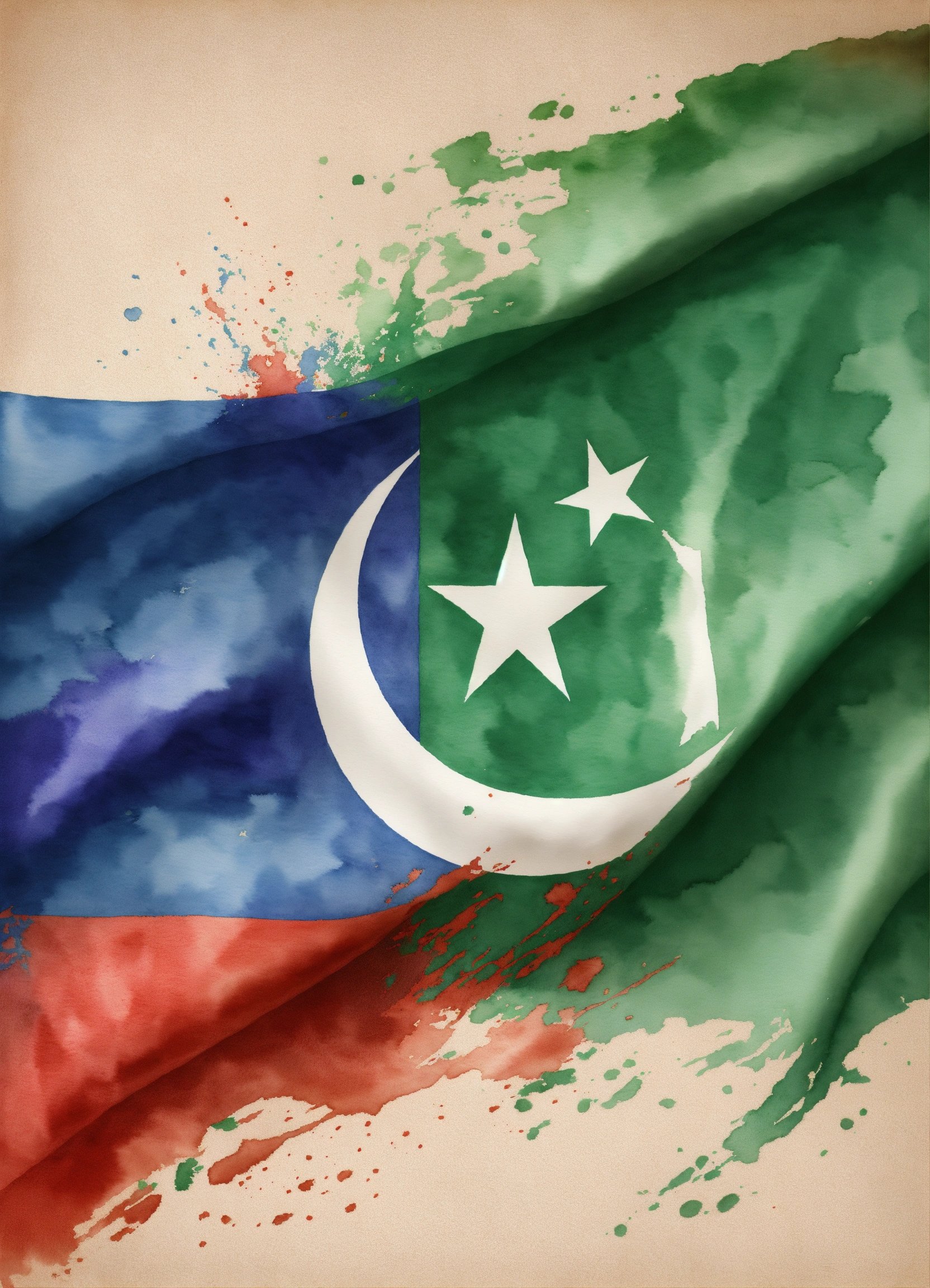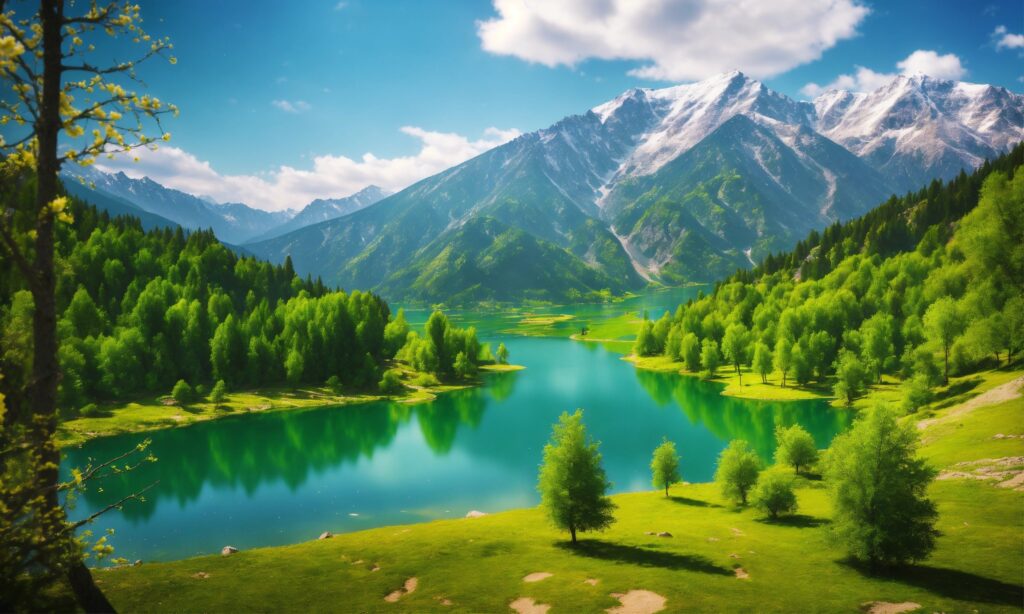
Pakistan vs India
Introduction:
South Asia, and for Pakistan or India — you name it is the land of landscapes; there is no way around it.… they offer excellent diversity in every dimension, from reaching the tallest peaks up high through lush green valleys with serene plains, then down grassy plateaus to barren plainlands unto pacified seashore. The bifurcating yet at once enchanting terrains have forever intrigued travelers and explorers of this continent. This blog will make you feel as though you are travelling Southwest Asia with its stark mountains and virgin valleys to eternal meadows. (Pakistan vs India)
Pakistan Geographical Review
A country in a politically central location, Pakistan has taken elements of all the beautiful countries as it spans continents, with mountains that define its northern granularity and deserts that flow south downstream. Geographically, it represents mountains, the Indus River, and plateaus, with a fertile plain in Punjab.
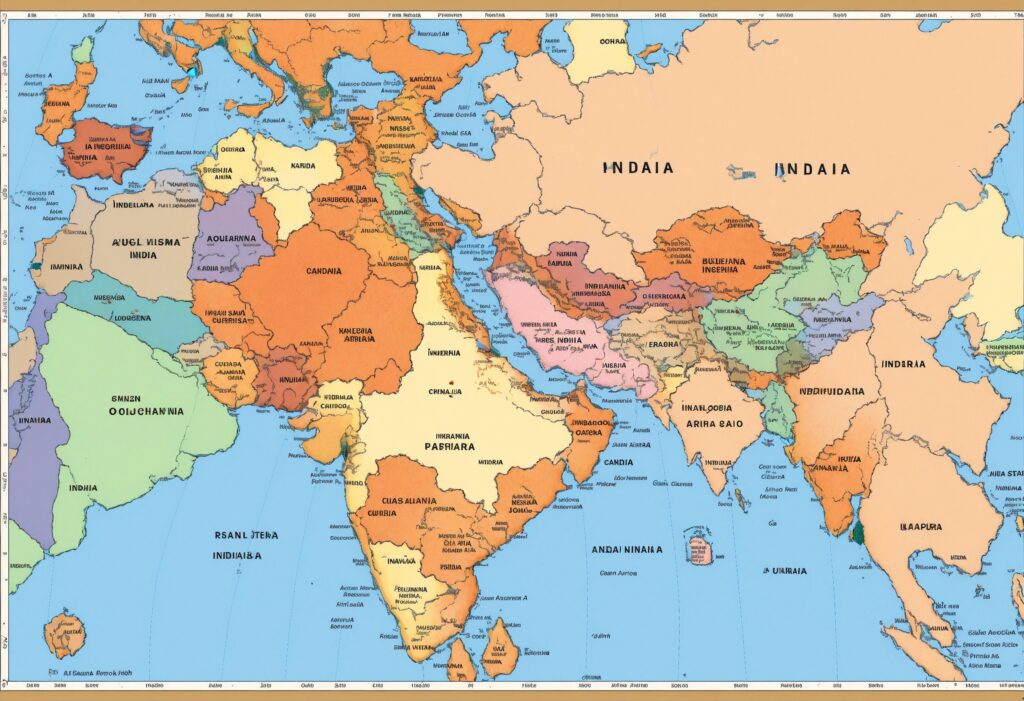
Pakistan Geography Diversity
Pakistan’s northern area is known for some of the highest peaks in the world; every mountaineer and Trekker must visit here once. The southern portion is with the coast of the sea in the south, the Arabian Sea, and the western side has featureless deserts, including desert Dirochima, especially the Cholis tan Desert ) on Public deserts like Thar. Pakistan has three types of terrain: mountainous terrain, deserts and beautiful valleys.
Geographical View of India
India: Next on the list is India. It may have a city’s overpopulation problem, but still, with its diverse geography, we see #Indian big and wide natural spaces. Its ecosystems are among the world’s most diverse, with close to incredible heights in the north and tropical shores down south. India has diverse natural beauty, spread from barren deserts to dense monsoon forests, and also an array of habitats based on these.
India’s Geographic Spectrum
It can be divided into seven geographical zones: the Northern Mountains, or Himachal region; the Great Plains Savannah of Hairband/ Dispur and Khalwa, Mirpur to Vijayanagar); glaciated mountains’ area by which forms Jammu Kashmir (partially) India’s deserts,- Indus Valley Desert – both in parts eliminated while dealing with its mountain Shavlik sands Mohenjo-Daro; Thangata physical environment;- Central eastern Highlands Mesopotamia Islands surrounded since early nineteenth centuries seemed only slightly oblique towards Chennai. The long sea beaches are on both two sides of the country, the east and west coasts.
Credit: United Nations in Pakistan — Flickr
Some of the world’s prominent mountain ranges are in Pakistan. These three ranges meet in the northern half of Pakistan, and as such, this part is a region of peaks that are amongst some of the tallest on Earth, with wide valleys surrounded by large mountains covered with clad snow glaciers. (Pakistan vs India)
Karakoram Range and K2
The Karakoram Range, a great complex of ranges including the Rimo Muztagh and part of the Saltoro Ridge, extends from east to west between Pakistan and Indian-administered Kashmir. K2 (Mount Godwin-Austen), at 28,251 feet, is second only to Mount Everest in elevation above sea level. The Savage Mountain- as K2 is known- continues to be one of the most demanding mountain climbers, even for skilled mountain climbers. Apart from K2, the Karakoram Range has several other notable peaks that draw climbers worldwide.
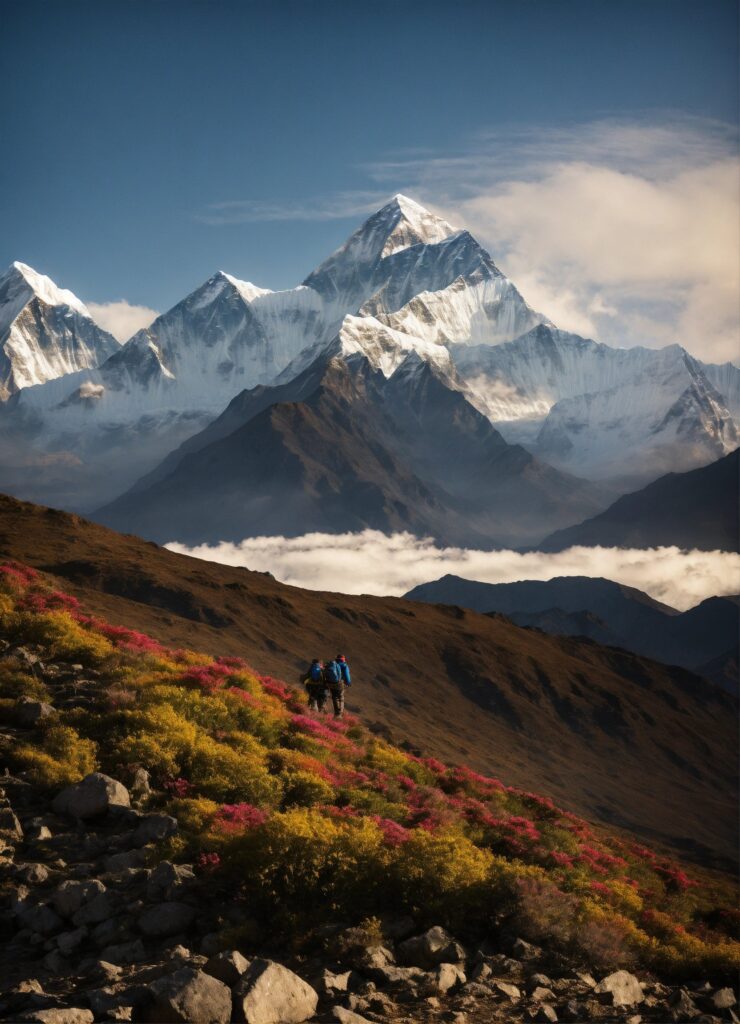
Pakistan vs India
Hunza Valley: Pakistan’s Gem
If it’s not the top of your list, then absolutely, anyway, but it must be for you who will never be there as a tourist. Situating It In One Of Nature’s Wonder Land —- Hunza Valley invaded the Karakoram ranges[qwpo]—. If you love nature, visit Hunza — simply beautiful, just sitting at the foot of snow-capped peaks where Rakaposhi and Ultras Sar also reside. Chock-full fruit orchards, vibrant cultural heritage and genuine Kashmiri locality impact the hedge and its maintenance– making one another a must-go-to place.

Adventure and Trekking in Northeastern Pakistan
All about North Pakistan: For mountaineers or adventure lovers amongst trekkers who aspire to make it higher and on the giant peaks of Karakoram. The most high-yield treks are the Bal Toro Glacier trek from Askoley to K2 and Fairy Meadows for Nanga Parbat (9th on the list). There are treks for people with a range of experience—whether you’re an expert climber or a nature enthusiast new to trekking, something in northern Pakistan suits you. (Pakistan vs India
The Grand Himalayas of India
This mountain range took birth in the recently braced extensions of the continental collision zone that covered up five Indian states—Jammu and Kashmir, Himachal Pradesh, and parts of the other three, Uttarakhand being one for much more. The Himalayas are not just a mountain range but also revered culturally and spiritually in India and have been attracting hundreds of millions every year from across the globe.
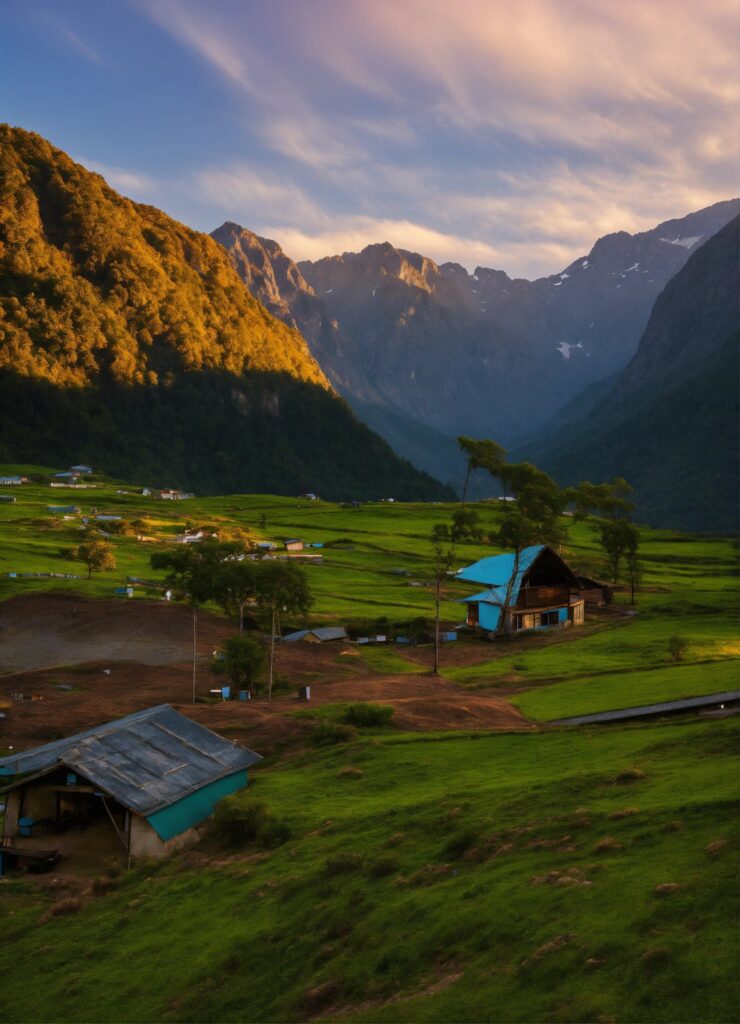
Divinity mixed with the natural beauty of the Himalayas.
Indian Himalayan ranges also have a few popular pilgrimage places, where many Hindu devotees from all over the country come to visit famous temples like Kedarnath and Badrinath. This unique point of spiritual connection, coupled with the unworldly beauty and guardianship of their protector, makes for a special terrain where man finds his God and loses himself in awe -the Indian Himalayas. (Pakistan vs India)
Must Visit Mountain Places In India
Summertime is the most popular time of the year in the Indian Himalayas, and some names, such as Manali, Ladakh, or even Valley of Flowers, crop up more frequently during this period. Nothing can beat Manali. Snow, ski resorts, resorts, and parachute rides are some of the additional things that make Manali different from other standard hill stations to visit in summer. Then, in a single driving stroke over the high-altitude desert moonscape barren dulls of Ladakh, your whole working idea of what mountainous India there looks like will ALSO out on their head. (Pakistan vs India)
Mountain Adventures in India
In India, the Himalayas are home to a plethora of hikes suitable for beginners following easy day trips and more seasoned hikers on multi-day treks. Roopkund Trek, with its lifeless skeletons in the lake, is one of the best treks around the world and a legend to tell your grandchildren. Another winter trek in Ladakh, the Chadar trek, involves walking on a frozen stretch of the Zanskar River, which gives adventure lovers an almost surreal experience.
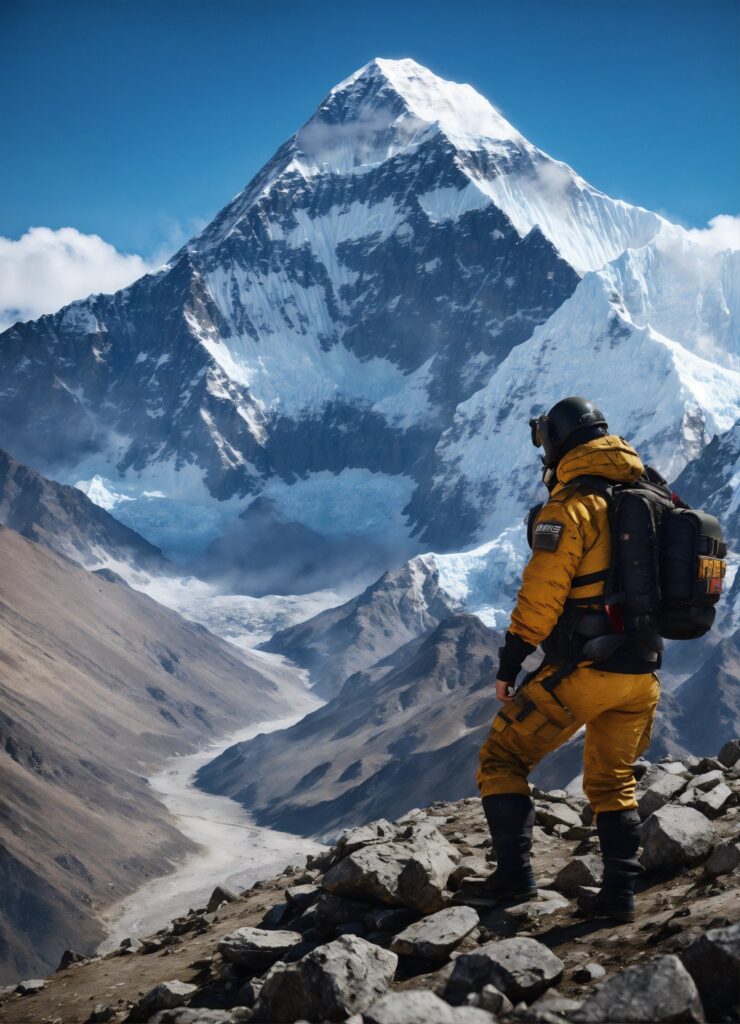
Pakistan vs India
FORESTS AND VERDANT VALLEYS OF PAKISTAN
It is not always about Pakistan’s hot mountain ranges, as some valleys and forests are equally beautiful. In particular, the northern valleys of Pakistan are popular for their green woodenness, several rivers flowing from high mountains, and colorful flora and fauna. These are also the subjects of numerous environmental preservation initiatives that focus on conserving beauty and habitat. Understanding and supporting these initiatives is important, particularly to promote sustainable tourism in Pakistan.
Switzerland of the East; Swat Valley.
Swat Valley Switzethend of The Is Pakistan in Beautiful Area is a valley located in the NW (North-West) of the province Khyber Pakhtunkhwa, known as green pastures-cl-and snow-capped mountains. The valley also has the highest concentration of heritage sites per square mile. (Pakistan vs India)
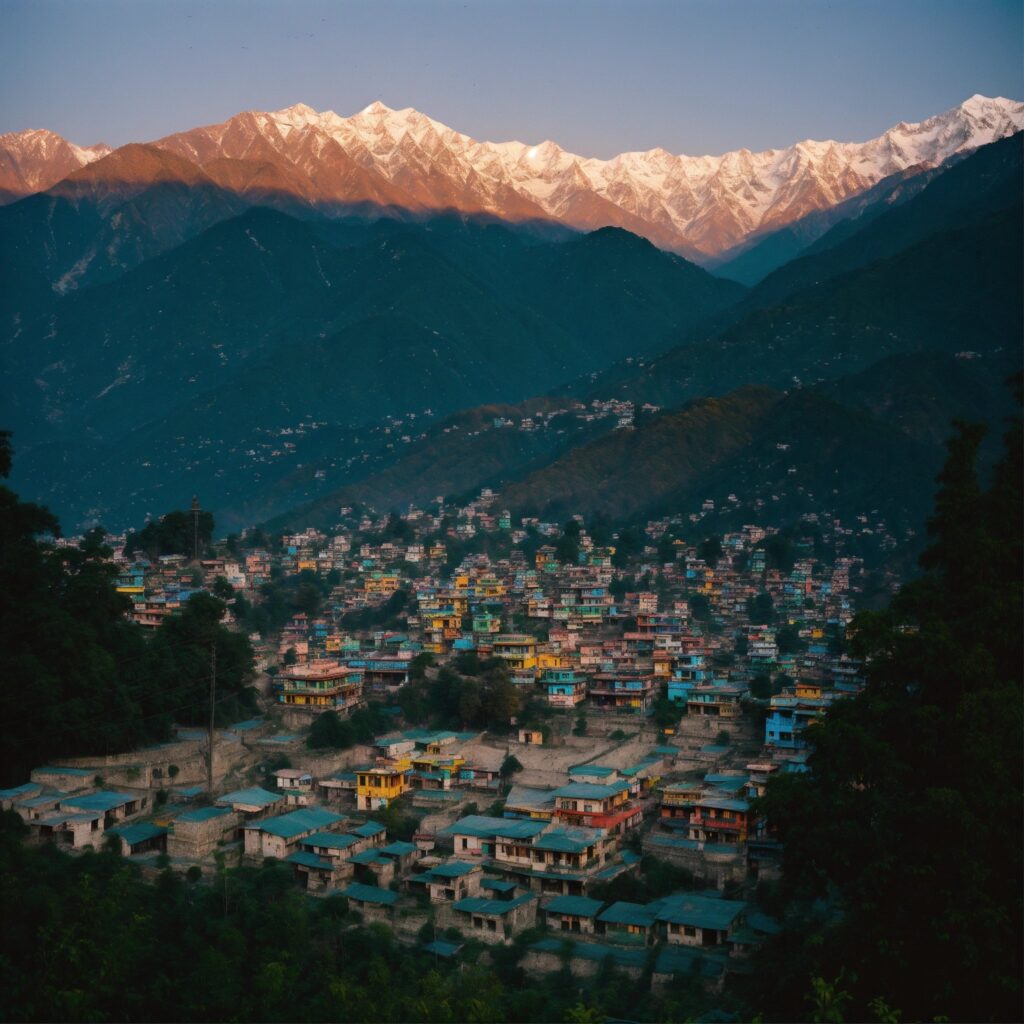
Why is the Neelam Valley referred to as Kashmir Battle?
In Kashmir, everyone knows that anyway — Azad (meaning free) is one of the most beautiful states in India, and Neelam Valley itself is famous for its lush green Valleys and Rivers, which run throughout the year. The crystal-clear waters of the Neelam River flowing through this valley add beauty to it, and it is an ideal spot for fishing as well as boating. (Pakistan vs India)
El Campo Verde de India
India’s natural beauty is not only related to the mountains in the northern part. Two-thirds of Earth’s most biodiverse countries are in the Centre and south. Compare the dry areas, where greenery is abundant from northeast India to the western Ghats’ wettest points, including a partial tropical rainforest. (Pakistan vs India)
Kerala: God’s Own Country
Kerala, called “God’s Own,” has lush greenery, backwaters, beaches, and other natural landscapes. It has been home to some of India’s finest natural landscapes, such as Munnar tea plantations, Alipay q, backwaters, and Periyar wildlife sanctuaries. Kerala is one of the most spectacular places to visit in India due to its natural beauty and very old cultural heritage.
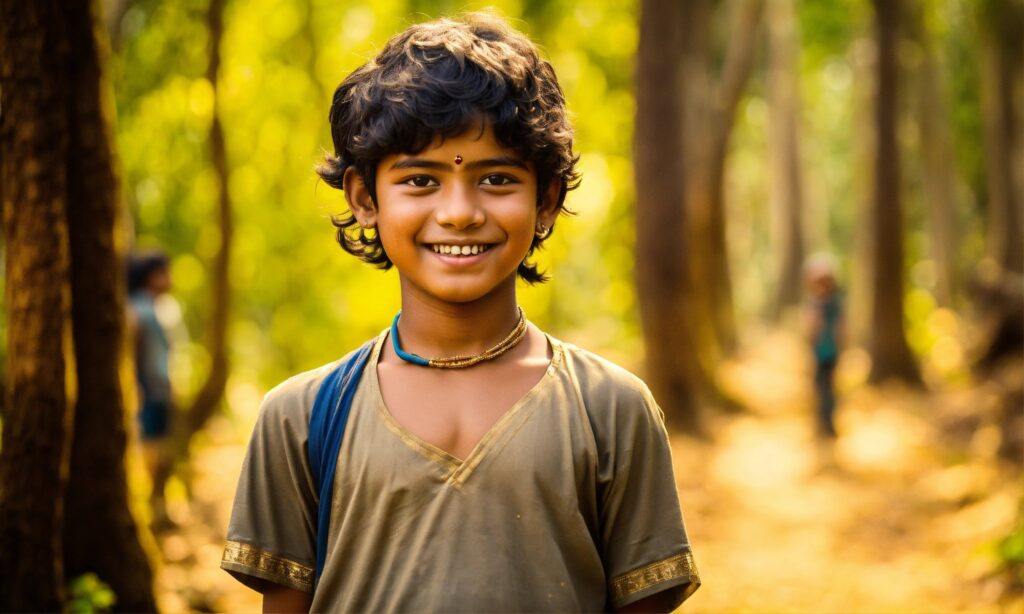
Hotspot of Northeast India
States in the northeast, like Assam, Meghalaya and Arunachal Pradesh, have some of the most dense and biodiversity-rich forests. These are also the regions where some of India’s most fascinating ecosystems lie, like Majuli — the largest river island in the world and its living root bridges of Meghalaya. Northeast India is often overlooked in travel plans, but those who make their way there are rewarded with some of the most beautiful landscapes to find within the country.
The Deserts of Pakistan (Pakistan vs India)
Pakistan, …… but the desert terrain here is a remarkable contrast to the lush valleys and forests in the north. The Thar Desert is one of the biggest deserts in the world and covers wide regions in India and Pakistan. The area is covered in massive dunes and barren desert.
The Thar Desert in Pakistan
The Great Indian Desert is the Thar desert, situated in India and Pakistan. It is located in the province of Sindh, south of Pakistan. Glistening dunes, camel safaris, and colorful local culture all make the desert an iconic feature of Rajasthan. Even though the Thar desert is a dry region of the Earth, it still gives shelter to many species, such as Desert foxes, snakes, and birds. (Pakistan vs India)

Insulation Culture cholis tan Oasis
It is the most significant and driest region in Pakistan’s Punjab area. Every year, the Jeep people come out of the woodwork from around this desert to head onto Beer Bottle Pass. Despite its barren landscape,
SIGNIFICANCE OF NATURAL LANDSCAPE IN PAKISTAN Despite being a part of the developing third world, Pakistan is one of those countries that possess real and natural beauty.
Beauty is respite, often enough, but in locales such as Pakistan, it comes with an added layer of cultural and historical narrative. The natural sites that remain will be interwoven with local customs, history and ways of life. (Pakistan vs India)
Karakorum Rang Ki Saqafat or Warasakhsiyat
At the same time, it couldn’t be omitted with K2 and tens of thousands of Karakoram Range to watch nationwide, plus its religious importance for several lcouldn’tionalities. Balti, Shina, and Hunza are some of the cultures found in them. Festivals, crafts, and other traditional practice areas are inextricably linked with place. For example, the Sandor Polo Ground in the Chitral District also hosts a yearly polo festival, as this highest-altitude ploy match is played from the Karakorum Mountain skyline and local culture. (Pakistan vs India)

Pakistan vs India
Spirituality in the Himalayas
The Himalayas make a physical and spiritual divide between where I stand, looking at the north. There are also five religious places and monasteries, special for their spiritual requirements. Takht-i-Bahi is a notable example of this treasure left behind by our ancestors—many others—an ancient Buddhist monastery near Mardan. Its spiritual vibrations, which it radiates in a majestic platform, serve as both a balm and aspiration to pilgrims and travelers who it attracts. (Pakistan vs India)
Natural Landscapes in Indian Culture
Besides being culturally slab, India boasts rich soil filled with diversity. Be it Rajasthan deserts, the land of the Ganges called India, or nature, in essence, played a magical role in building being human, A HUMAN BEING Around the dot. (Pakistan vs India)
The Ganga, River of Life And Death
The Ganges is a sacred river in India. It is known as the holiest river in Hinduism, and many temples are set up on its banks. It is a holy river for Hindus who bathe in the water and practice bonsai burn. Some rituals may include Ganga Aarti, performed on a Dasaswamedh ghat every evening at sunset near Assai Ghats. But to hundreds of millions, the Ganges is life—it is holy and brings purity and spirituality. (Pakistan vs India
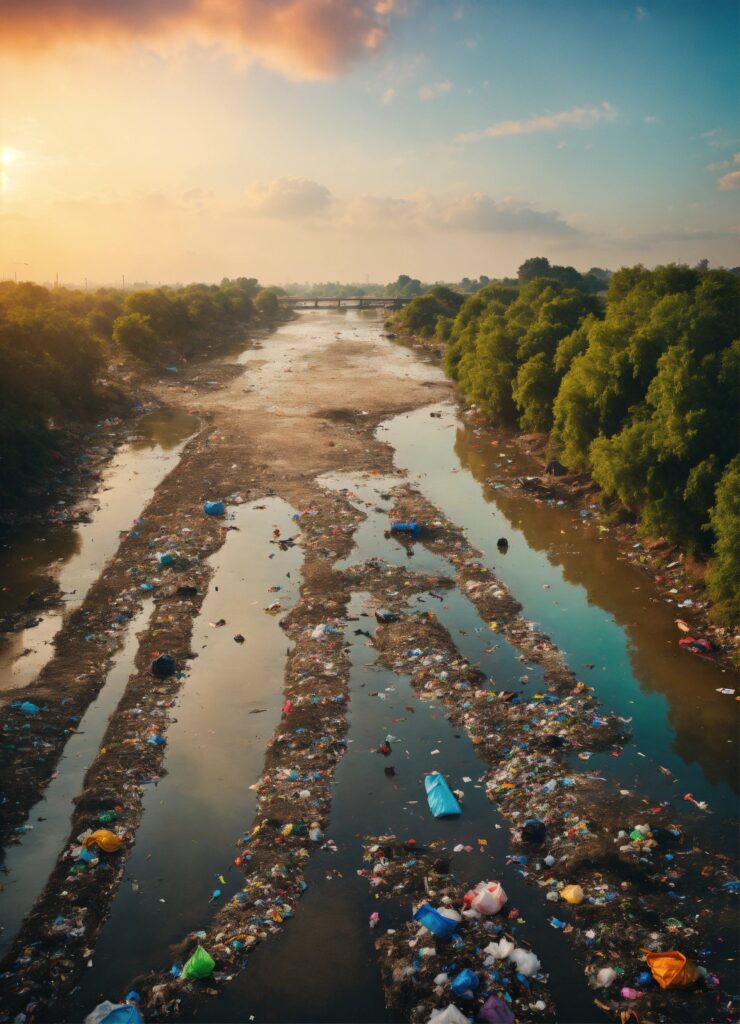
Desert Land and Tradition – Rajasthan
It influences daily life, culture and even festivals of the people residing in RRajasthan’sThar Desert. One such festival is the Desert Festival in Jaisalmer, Rajasthan, which showcases Rajasthan’s local local culture, including camel races, folk dances, and food prevalent in the region. The distinctive desert architecture of sandstone forts and havelis (traditional mansions) displays how various communities in the area have adapted to life amidst this arid landscape. (Pakistan vs India
The tradition and architectural styles mean the love between desert land & Rajasthan cultural heritage. (Pakistan vs India)
Climate Change and the Impact on Natural History / Landscapes Both Pakistan and India have many mountain ranges, and the climatic elements bother their inhabitants. This will shed light on the meaning of “unique environmental characteristics” for each region and how climate change may be influencing those types.
Climate Zones in Pakistan
The climate of Pakistan varies from arid to semi-arid or temperate in most of the northwestern parts and down towards southern areas. This subtle diversity starkly contrasts the country’s climate zones that give rise to its landscape. For example, the north gets snow in winter, making glaciers flow and storing white toque on peaks. Meanwhile, the southern deserts suffer during broiling, hot, arid circumstances that have paved these landscapes to make the Thar desert and Cholistan Dessert. (Pakistan vs India)
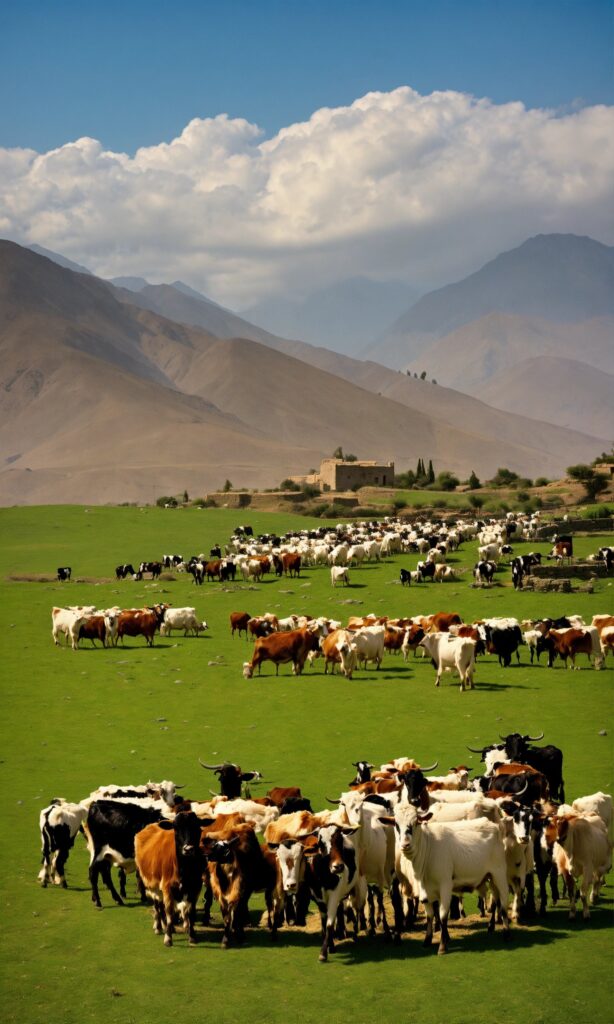
Pakistan vs India
India’s Climate Diversity (Pakistan vs India)
So as India, particularly monsoon winds, the Himalayas between it and seas then an ocean 289931 Protestants if this brown of nightstands. Monsoon: In the summer months of June to September, most parts are wet; however, Goa & Kerala’s west coast has some sun, while in the south, it will pour enough in the Deccan area. On the other hand, northern plain and desert regions have hot summers but frigid winters. The monsoon — which sends rain-bearing clouds across much of the country- is crucial for agriculture and maintaining water supplies.
Green Refurbishment and Challenges (Pakistan vs India)
Pakistan’s and India’s natural landscapes and wildlife face tremendous challenges. While both countries have implemented conservation measures, more must be done if we are serious about managing the impacts of climate change and human activities on their ecosystems.
In recent times, there have been several ambitious conservation initiatives in Pakistan. 1.
In Pakistan, many conservation projects are working to bring endangered species back and rehabilitate their habitats. Many organizations, like the World Wildlife Fund and the Wildlife Conservation Society, work to protect key habitats in areas such as the Indus River basin (pictured above) and northern ranges.
India: Conservation Challenges and Successes (Pakistan vs India)
Thus, India has established many national parks and wildlife sanctuaries to preserve these diverse ecosystems. Mission Tiger, the largest movement of violence and poaching in India to promote tigers by protecting them against illegal hunting, launched in 1973. India is also trying to overcome habitat degradation, human-wildlife conflict, and challenges through climate change. Efforts like these include strengthening wildlife corridors, appropriate land use practices, and a focus on community conservation participation.
Tourism on Natural Landscapes (Pakistan vs India)
Both Pakistan and India have been heavily impacted by tourism. The consequences of the problem have struck them. Therefore, sustainable tourism must be practiced in these regions. Pakistan’s tourism industry is quickly growing as it continues to grow into a prominent travel destination with full-core ecotourism programs. There are a variety of tactics, such as responsible travel behavior, community advantage, and sustainable infrastructure, to combat the consequences of tourism exploitation. Hunza Valley and Swat Valley, for example, focus on the dual-pronged approach – PPCM: Popular, not overcrowded; Preserved for future development and crucial in preserving natural beauty while handling large numbers of international guests and reaping from the emerging tourism sector.

Conclusion
Ecotourism, responsible wildlife watching, and conservation education all strive to provide assistance rather than harm. Ecotourism is emphasized by certain countries and geographical regions, such as Kerala and the islands in the Andamans, as a way to appreciate visitors while conserving natural resources. Both Pakistan and India have shown the entire variety of natural autism in South Asia. The nations, the towering peaks of Karakorum and Himalaya, and Himalaya, the calm coastline coasts, and the arid deserts invite curiosity and wonder. Both Pakistan’s natural beauty can be compared. (Pakistan vs India)
FAQs
1– How many trek routes are there in Pakistan and India?
The Bal Toro Glacier Trek and Fairy Meadows Trek are popular trek routes in Pakistan. Valley Of Flowers And Chadar Trek, India
2– How and Why is the Monsoon Season Trapping Pakistan & India?!
Monsoon season brings heavy rains to many parts of India and is especially good for agriculture and greenery. In Pakistan, it brings heavy snow in the northern areas and dry weather over most of the country.
Author: CENTNETWORK
Courtesy: EPICMAZE
